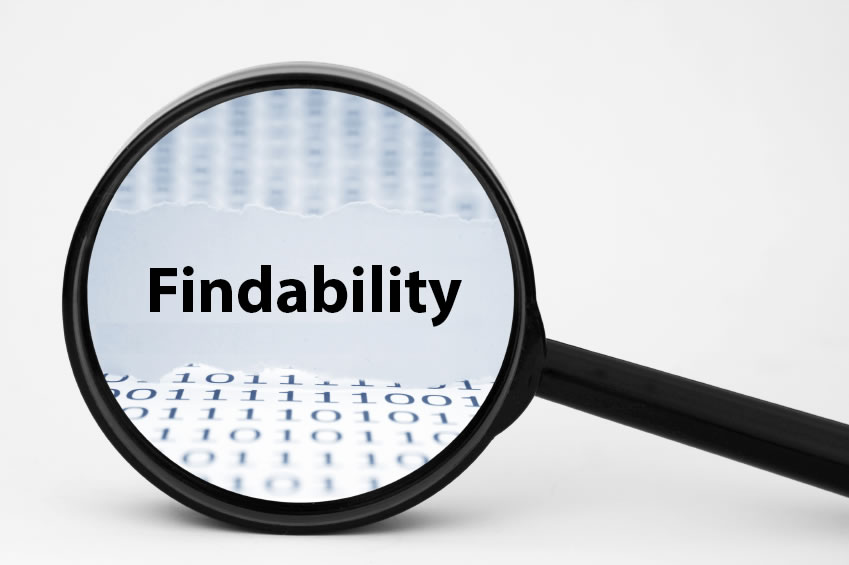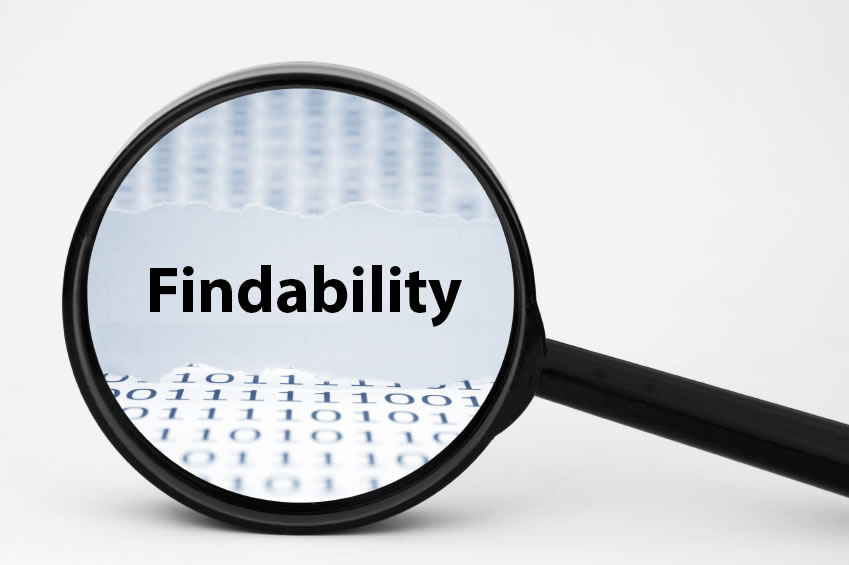Web Design Navigation Strategy in 3 Steps: #1 “Findability”
“Findability” is paramount to effective web design and a key indicator as to how well it will generate leads. Companies that make it simple for visitors to quickly find what they are looking for enjoy much higher conversion rates than those who don’t. While this isn’t surprising, it’s amazing how few companies invest the required time and effort needed to ensure their website’s content is well laid out.
ensure their website’s content is well laid out.
While you may not be doing the actual work in this phase, it is important to recognize the significance of your website’s information architecture and to note the quality put into this stage of the process.
In the next few posts, we will delve into user-centric web design and the ways to structure your content so that your new website is intuitive to use and easy to maneuver through. Keep in mind, “Design is not just what it looks like and feels like. Design is how it works” Steve Jobs.
It’s Not About Looks …
No matter how attractive a website looks, if your content isn’t properly labeled and easy to navigate, visitors will leave before they convert. “Findability” is a common issue on most websites because site navigation is often treated as an afterthought, if considered at all. More often than not, site navigation is implemented without market research or testing. The importance of this oversight can have serious, and long-standing, negative repercussions on a company. However, this pervasive problem could also help differentiate your company with a sustainable competitive advantage.
Findability issues usually stem from one or more of these factors:
1. Omission: When a website is developed without a clear understanding of its potential customers or their buying process. Navigation points are omitted either to make the site “look” better or because its importance to potential customers was not realized.
2. Placement: Content may exist on the website, but due to a lack of navigation strategy, information important to potential customers are buried layers deep in the site or randomly placed wherever there was room left on pages or within the menu drop down window.
3. Misnomer: Sometimes it is hidden in plain sight veiled by vernacular unknown or misinterpreted by potential customers. Visitors may not make the connection between what they are looking for and the way the navigations are labeled.
Work Your Way Backward To Understand the Decision Making Process
Effective web design should align with your potential customer’s decision making process. Their buying criteria should be “baked” into your website’s navigational structure, easily recognized and clearly visible to potential customers. For example, if customers usually start their buying process researching visuals to get inspiration for their purchase, spend the time and effort creating a great photo gallery that parallels the way buyers search through images – and make it easy to find. Include the types of content, sorts, filters, etc. that they would value and make it easy for them to flow through this first step in the purchasing process with convenient links to the next phase of evaluation.
If you don’t know what the buying milestones are, find out by asking friendly customers willing to share their experiences with you. One approach to gathering this information is to inquire about milestones in their buying process beginning at the end of the sales cycle, then working backward. Remember that your goal is to understand the mindset of your customers so your questions should have NOTHING to do with your website or their experience with it at this point. Examples of questions, worded in a way you feel most comfortable might include:
· “When you were evaluating your options for (whatever product they purchased), at what point in the process did you decide to work with us?”
· “What brought you to this decision?”
· “In general, what did you have to know before making a decision?”
· “Did you give any priority to some factors over others? Where there different levels of importance to the different elements of your decision?”
Answers to these questions will be used to formulate your global navigations, that is, the top row navigations that appear on every page of your website. Tip: Pay close attention to your customer’s choice of words. Take copious notes of the exact phrases they use, so when applicable, include their vernacular in labeling your navigations so they resonate with your target market. If you captured your website’s search box usage, comb through it, and combine relevant phrases with your primary research for optimal results.
Remember, findability refers to a visitor’s intuitive ability to find what they are looking for. They won’t stay on your site very long if you put them through a maze, and they won’t convert if they leave your site in frustration This is why it is critical to spend the time, money and resources understanding your customers’ buying process when structuring your website’s information architecture, so that you can design navigations that assists them in achieving their goals on your website.
Keep an eye out for our next post when we’ll cover the evaluation of the market data gathered from your customers and how it can develop the journey maps you need to take your site navigation strategy to the next phase.

